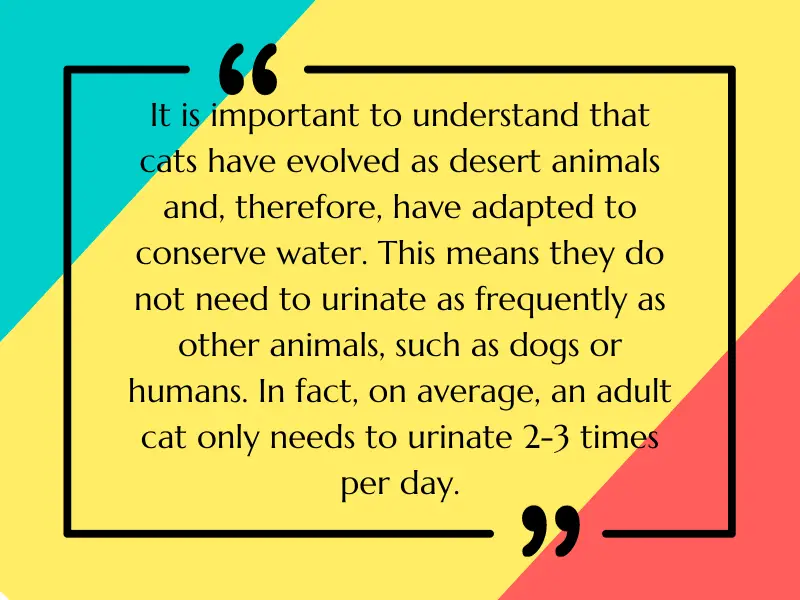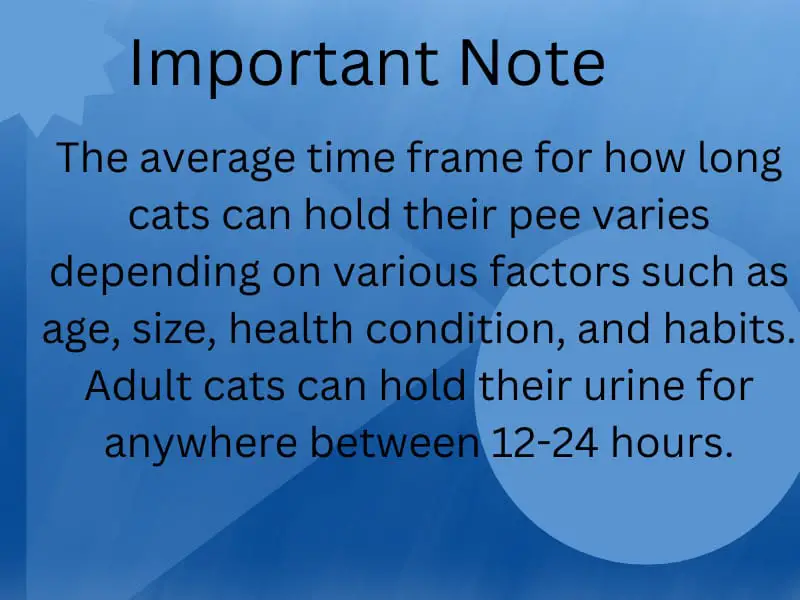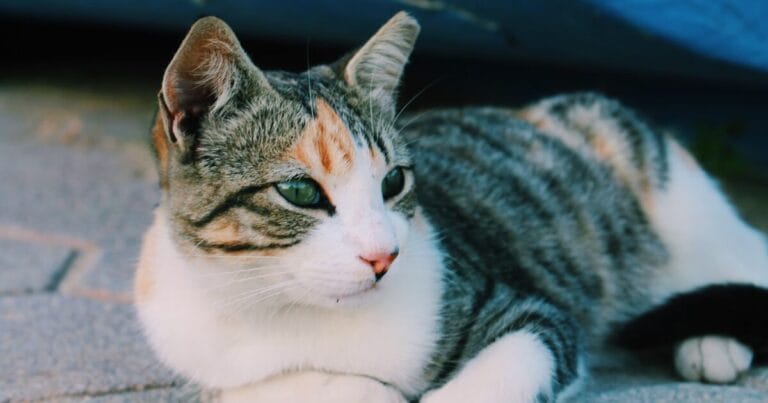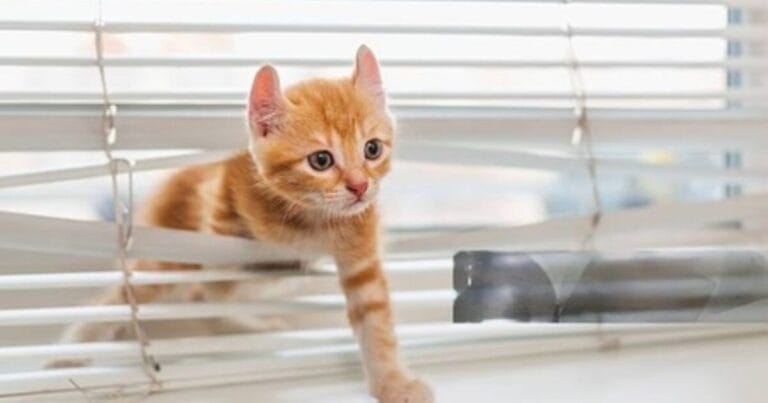As cat owners, we strive to provide the best care for our feline companions. One aspect of their well-being that often goes unnoticed is their urinary habits. How long can cats hold their pee? It’s a question worth exploring to ensure we prioritize their urinary health.
In this blog post, we’ll delve into the risks associated with holding pee for too long and discuss ways to encourage healthy peeing habits in cats.
Introduction To The Topic Of How long Cats Can Hold Their Pee:
Cats are known for their independent and curious nature, but they also have some quirks that may surprise their owners. One of these quirks is the ability to hold their pee for extended periods.
As any cat owner knows, cats can often be found napping in various locations around the house, seemingly without a care. But have you ever wondered just how long your furry feline friend can hold it?

The exact amount of time a cat can hold its pee varies from individual to individual and depends on several factors, such as age, breed, diet, and overall health.
Generally speaking, healthy adult cats can hold their pee for 24-48 hours without discomfort or negative health effects.
However, there are certain instances where a cat may need to urinate more frequently than usual.
Why Is It Important To Know How Long Cats Can Hold Their Pee?
Cats are known for their independence and self-sufficiency. They are often seen as low-maintenance pets because they do not require frequent walks or bathroom breaks like dogs. However, this does not mean cat owners can neglect their feline friend’s needs, especially regarding their urinary health.
One important aspect of a cat’s urinary health is their ability to hold their pee. Like humans, cats must urinate regularly to maintain proper bladder function and eliminate waste from their bodies.
Firstly, a healthy adult cat can hold its pee for around 24-36 hours. This is a long time compared to humans, who typically need to use the bathroom every few hours. However, cat owners must understand that this time frame varies depending on several factors, such as age, diet, and overall health.
For instance, senior cats or those with underlying medical conditions may have a weaker bladder and thus may not be able to hold their pee for as long as younger and healthier cats. Similarly, cats on a wet food diet tend to have higher water content in their urine, meaning they will need more frequent trips to the litter box than those on a dry food diet.
Factors That Affect A Cat’s Ability To Hold their pee:
Cats are known for their meticulous grooming habits and independent nature, but when it comes to holding their pee, they may sometimes be less efficient. There are several factors that can affect a cat’s ability to have in their urine, ranging from medical conditions to environmental factors. This section will discuss the main factors that can impact how long a cat can hold their pee.
1. Age:
Just like humans, cats’ bladder control weakens with age. As cats age, their muscles become weaker and less elastic, making it harder to control their bladder sphincter. This means senior cats may have a harder time holding in their urine than younger cats.
2. Health Conditions:
Certain medical conditions, such as urinary tract infections (UTIs), kidney disease, and bladder stones, can cause discomfort or pain while urinating. This can make it difficult for a cat to hold in their pee for extended periods. It is important to take your cat to the vet if you notice any changes in their urination habits or if they appear to be in pain while peeing.
3. Diet:
The type of food your cat eats can also affect how long they can hold their pee. Cats who consume dry kibble tend to drink more water and produce more urine than those on wet food diets. This means they may need more frequent bathroom breaks than cats on damp food diets.
The Average Time Frame For How long Cats Can Hold Their Pee:
Cats are known for their independence and ability to care for themselves, but when holding their pee, they may need a little help from their owners. Just like dogs and humans, cats have a bladder that needs to be emptied regularly. But unlike us, they don’t have the luxury of using a toilet whenever they please. So, how long can cats hold their pee?

Kittens under six months have smaller bladders and cannot hold their pee for very long. They must urinate more frequently than adult cats every 2-3 hours.
Size also plays a role in a cat’s bladder capacity. Larger breeds have bigger bladders and can hold more urine than smaller breeds.
A cat’s overall health is another crucial factor in determining how long they can hold their pee. Cats who are suffering from urinary tract infections or other medical conditions that affect the bladder may experience difficulties in controlling their urination urges and may need to relieve themselves more frequently.
Moreover, just like humans, some cats have better bladder control than others. Some felines have been trained by their owners early on where and when it is appropriate to relieve themselves, whereas others may need to be more disciplined.
Signs That Your Cat May Be Having Urinary Issues Or Holding Their Pee For Too long:
Cats are known for their independent and self-sufficient nature, often leaving pet owners to wonder how long they can go without using the litter box. However, paying attention to your cat’s bathroom habits is important, as changes in urinary behaviors could indicate underlying health issues.
In this section, we will discuss some common signs that may indicate your cat is having urinary issues or holding their pee for too long.
1. Frequent Trips To The litter Box:
If you notice your cat making more frequent trips to the litter box than usual, it could be a sign that they are struggling with urination. Cats typically urinate 2-3 times a day, so any significant increase in frequency should be addressed.
2. Straining Or Crying While Using The litter Box:
Crying, meowing, or vocalizing while using the litter box can also signal discomfort during urination. This could mean that your cat is experiencing pain or difficulty passing urine and should be checked by a veterinarian immediately.
3. Blood In Urine:
Blood in your cat’s urine can indicate a serious issue, such as a urinary tract infection or bladder stones. See veterinary care immediately if you notice any blood or discoloration in your cat’s urine.
4. Accidents outside the litter box
Accidents outside the litter box can happen for various reasons, but if your previously well-trained cat suddenly starts peeing outside their designated area, it could be due.
Tips For Encouraging Your Cat To Use The litter Box Regularly:
Encouraging your cat to use the litter box regularly is essential for their overall health and well-being. Not only does it prevent accidents in your home, but it also helps maintain good hygiene for both you and your furry friend. However, some cats may avoid the litter box, causing concern among pet owners.
To help you ensure that your cat is using the litter box regularly, here are some tips to follow:
1. Choose The Right Litter Box:
Cats can be picky about their litter boxes, so choosing one they will feel comfortable using is crucial. Consider factors such as size (should be big enough for them to move around), type of litter (clumping or non-clumping), and accessibility (low entry point). Some cats prefer covered boxes for privacy, while others may not like being enclosed.
2. Keep The Litter Box Clean:
Cats are naturally clean animals, and they won’t use a dirty litter box. Scoop out waste at least once a day and completely change the litter every 1-2 weeks, depending on how many cats you have. Remember to wash the litter box with soap and water regularly to remove any lingering smells that could discourage your cat from using it.
3. Place Multiple Litter Boxes:
If you have more than one cat in your household, ensure each has its designated litter box. Some cats may not like sharing with other felines or might feel intimidated.
Potential Health Risks Associated With A Cat Holding Their Pee:
Cats are known for their independent and sometimes stubborn nature, which can also extend to their bathroom habits. At the same time, it may seem like a convenient solution for busy pet owners, but allowing your cat to hold their pee for extended periods can lead to potential health risks.
1.Urinary Tract Infections (UTIs):
One of the most common health risks associated with holding in urine is the development of UTIs. When cats have their pee for too long, bacteria can build up in their bladder and urethra, leading to an infection.
UTIs can be extremely uncomfortable for cats and may cause them to experience pain or difficulty urinating. In severe cases, UTIs can also lead to kidney infections requiring immediate medical attention.
2.Bladder Distension:
A cat constantly holding in their pee can stretch out their bladder beyond its normal capacity. This condition is known as “bladder distension,” and it can cause permanent damage to the bladder muscle walls. This makes it difficult for cats to fully empty their bladders when they finally urinate, leading to complications like frequent urination or urinary retention.
3.Kidney Problems:
Prolonged urine retention can stress the kidneys, potentially leading to kidney infections or kidney stones.
4. Behavioral Issues:
Cats may develop anxiety or litter box aversion if they consistently hold their pee, which can lead to inappropriate elimination outside the litter box.
Incontinence:
Holding in urine regularly can also weaken the urinary tract muscles, making it difficult for cats to control when they need to go. This may result in accidental leakage or even complete loss of control over when they urinate.
Conclusion:
Cat owners must know their pet’s urinary habits and take necessary measures to ensure their comfort and health. While cats can hold their pee for an impressive amount of time, it is not recommended to make them wait too long as it can lead to bladder problems.
By providing a clean litter box, monitoring your cat’s water intake, and seeking medical attention if necessary, you can ensure that your feline friend stays happy and healthy without any discomfort caused by holding in their pee. Remember always to prioritize the well-being of your furry companion!




